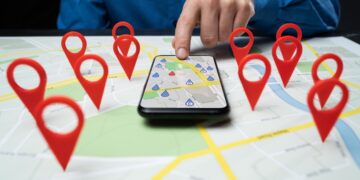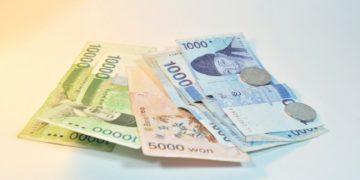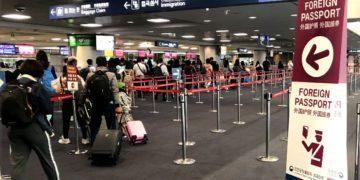Last Updated on 6 months by admin
Everything starts the moment you arrive in South Korea. You’ve planned your trip down to the finest detail—hotel booked, KTX route mapped, cafes saved on your phone. But then you reach for your card at the airport kiosk… and nothing happens. Yeah, welcome to one of the most unexpected pain points for travelers in South Korea: the payment system.
For a country that leads the world in digital innovation, Korea’s payment infrastructure can feel surprisingly unfriendly to first-time visitors. What works impressively well for locals often doesn’t work for tourists. So before your card is declined at a subway gate or your late-night fried chicken order gets stuck in checkout limbo, here’s what you really need to know.
The Paradox of Progress: Korea Payment System Feels So Difficult for Travelers
On the surface, South Korea is a cashless paradise. The locals rarely carry wallets. Mobile payments like Samsung Pay dominate, with contactless cards everywhere. And yet, for travelers, that progress creates a surprising problem: most of it is built on domestic-only systems.
Korea’s native infrastructure, particularly its PayOn network, does not consistently support foreign-issued cards, especially in smaller businesses, transportation settings, or local online services.
Yes, you might see a Visa or Mastercard logo at the checkout counter. But no, that doesn’t guarantee your card will work.
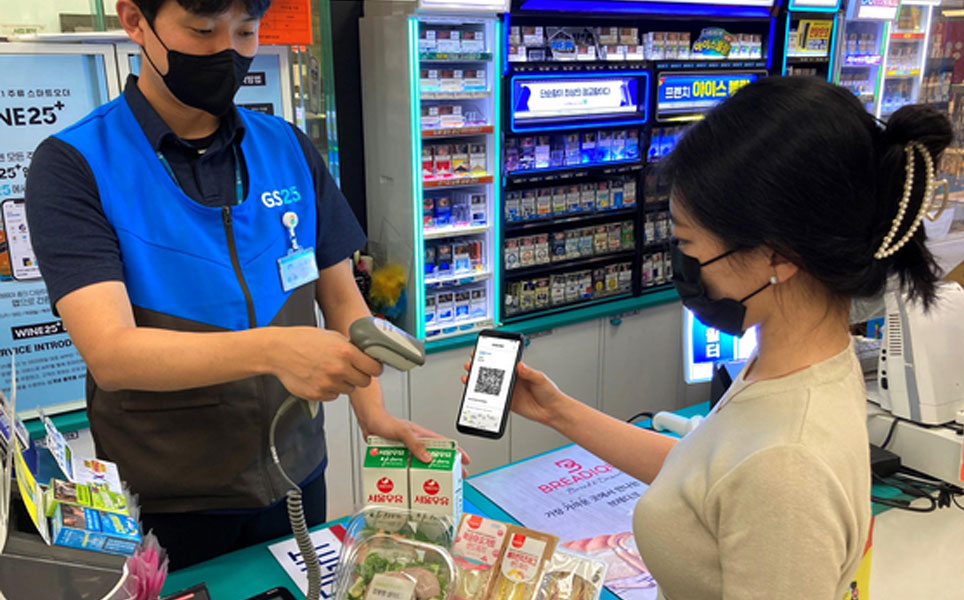
But don’t get it wrong. It’s not about fraud or security. It’s just that the legacy of rapid digitization during the 1980s and 1990s was built entirely around domestic use in South Korea. And now, many businesses simply see no incentive to upgrade their systems for foreign compatibility, especially when doing so means higher fees and slower settlements.
Public Transportation for Travelers: T-Money or Nothing
Few things frustrate travelers more than arriving in a major city and discovering they can’t pay to board a train. In Seoul and many cities, foreign-issued cards work less at subway turnstiles or bus terminals, even when they claim to be valid. Why? Because the NFC tech used in Korea’s public transport is not linked to global payment networks.
Instead, you’ll need to buy a T-money card, Korea’s dedicated transit card. These can be picked up at most convenience stores and subway stations and must be topped up with Korean won only.
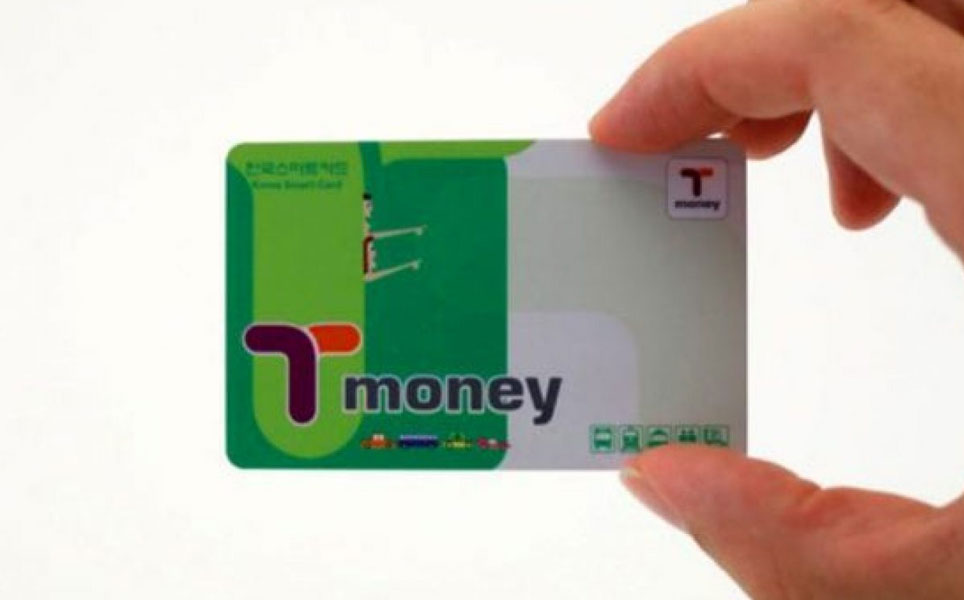
Here’s the catch: Many buses across the country are going cashless, so if you don’t have a charged-up T-money card, you may be left waiting or walking. Even with the latest policy, it doesn’t guarantee a smooth travel experience compared to actually having a T-money card charged and ready.
Online Purchase for Travelers? Not So Fast with South Korea Payment System
Think you can order tickets, reserve attractions, or buy concert merch online? Only if you’re using a Korean-issued card—and sometimes, even that isn’t enough.
Many Korean websites and apps require identity verification, often tied to resident registration numbers. Without that, even long-term expats have reported needing a workaround, such as asking Korean friends to purchase items on their behalf.
This also applies to delivery apps like Baemin or Coupang. Unless you’re living in Korea with a local phone number, verified ID, and a domestic card, you may hit dead ends at checkout.
Even at Tourist-Friendly Locations… Prepare for Surprises
You might expect major hubs like KTX stations or national chains to be exceptions. And yes, some are. But still, you will often find some inconsistencies in the payment system of South Korea.
At Seoul Station, for example, you may find only one or two ticket machines that accept foreign cards. Then, on busy days, these super rare machines may just be magically out of service. At the same time, the rest of the mediocre machines accept domestic cards only.
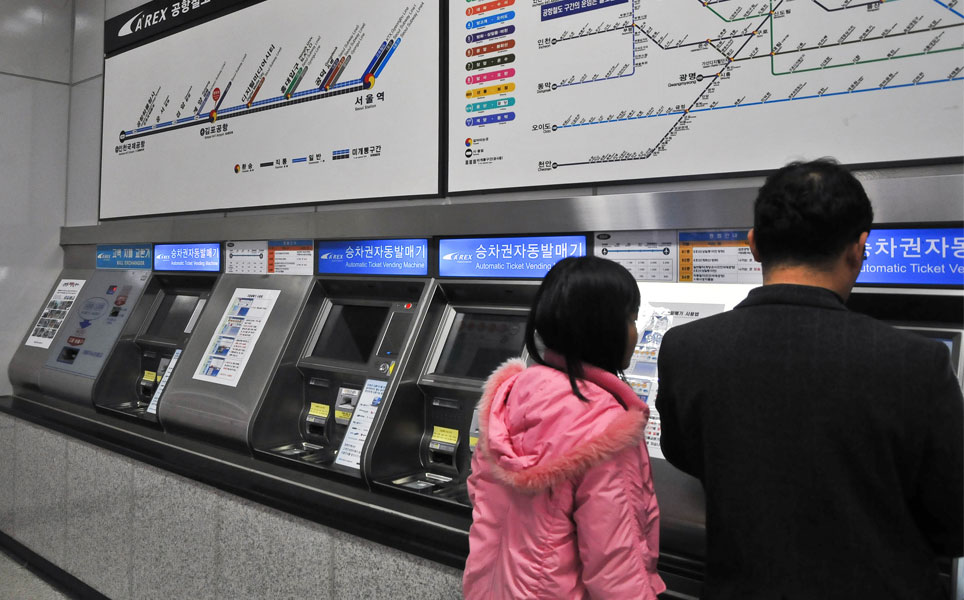
Meanwhile, major stores like Daiso or E-Mart may indeed accept international cards. However, smaller vendors often don’t, even if they display global logos.
So, if you’re a first-timer, please do not rely on these payment system signs when traveling to South Korea.
What Should First-Time Travelers Actually Do?
So, as first-time travelers, how should you deal with this confusing payment system in South Korea? Now, here’s what we recommend to make your trip smooth and stress-free:
- Bring Multiple Cards: Visa, Mastercard, and American Express—each may work in different situations. Just make sure you keep a backup.
- Always Carry Cash: You may not need it every day, but when you do, it could save you from a missed train or meal.
- Get a T-Money Card Early: Don’t wait. As soon as you arrive, buy it at the airport or any convenience store. Load it up with enough won to last several days.
- Don’t Count on Apple Pay: It’s still newly supported, so it’s not yet reliable. And Samsung Pay (which dominates) doesn’t use global NFC standards.
- Use Apps Cautiously: Even if an app screams tourist-friendly, check the payment section before building your cart.
- Know When to Ask for Help: Hotel staff, guesthouse hosts, and local friends are usually more than willing to help you navigate tricky payments. So, don’t hesitate to ask.
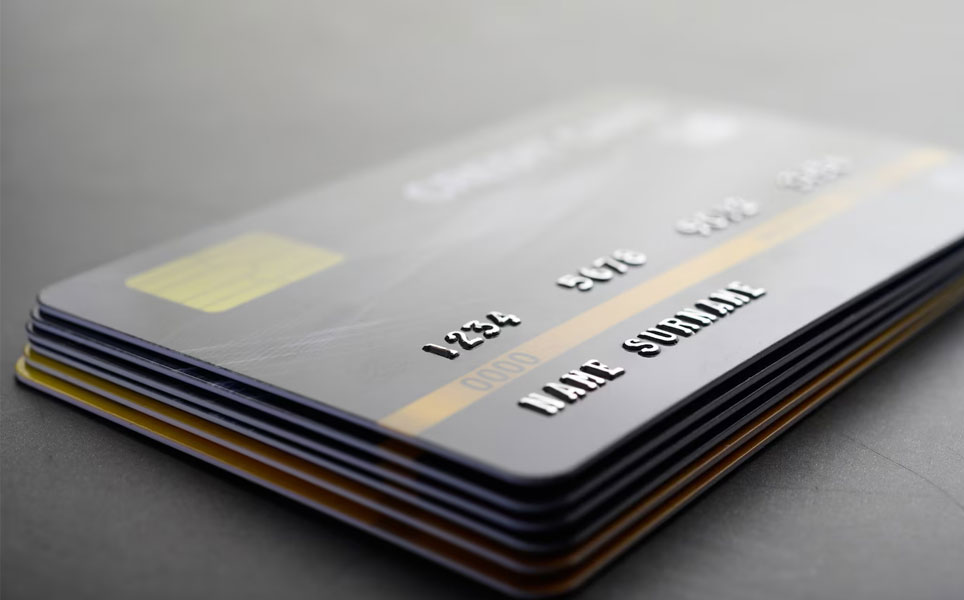
Why Payment System Matters, And What’s Changing (Very Slowly) in South Korea
Now, you don’t need to worry because South Korea has actually begun to realize how crucial its flawed payment system is, especially for travelers.
You need to know that South Korea is currently working on big goals: to welcome 20 million foreign tourists annually and attract international talent to live and work in the country. But that future can’t happen without fixing the small daily frictions, like payments, that leave a lasting impression.
For now, South Korea payment system works beautifully for locals. However, as more travelers voice their concerns, pressure is quietly building on businesses and policymakers to modernize.
But until then, knowledge is your best currency.
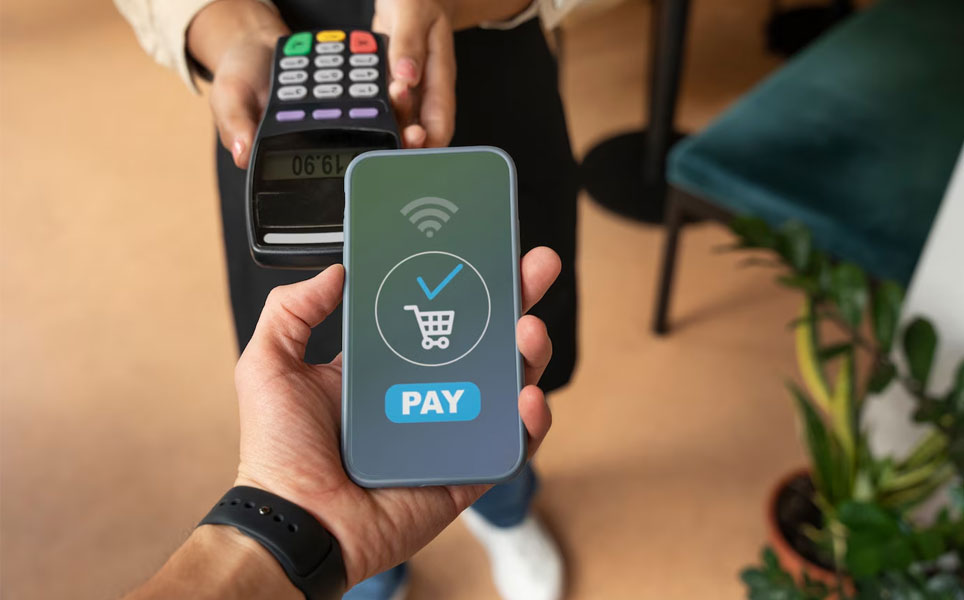
Travel Smart, Not Frustrated
Finally, South Korea offers some of the most advanced, exhilarating, and aesthetically rich travel experiences in the world. But when it comes to the payment system, it’s still catching up to global expectations.
That doesn’t mean you should skip the trip. It just means you should come prepared, with a wallet full of backup plans and a heart ready to roll with the quirks.
Because once you’re standing in front of a hanok village, breathing in the smell of pine and street food, the last thing you want is to be stuck at checkout.
Related Posts
6,041 total views, 28 views today


